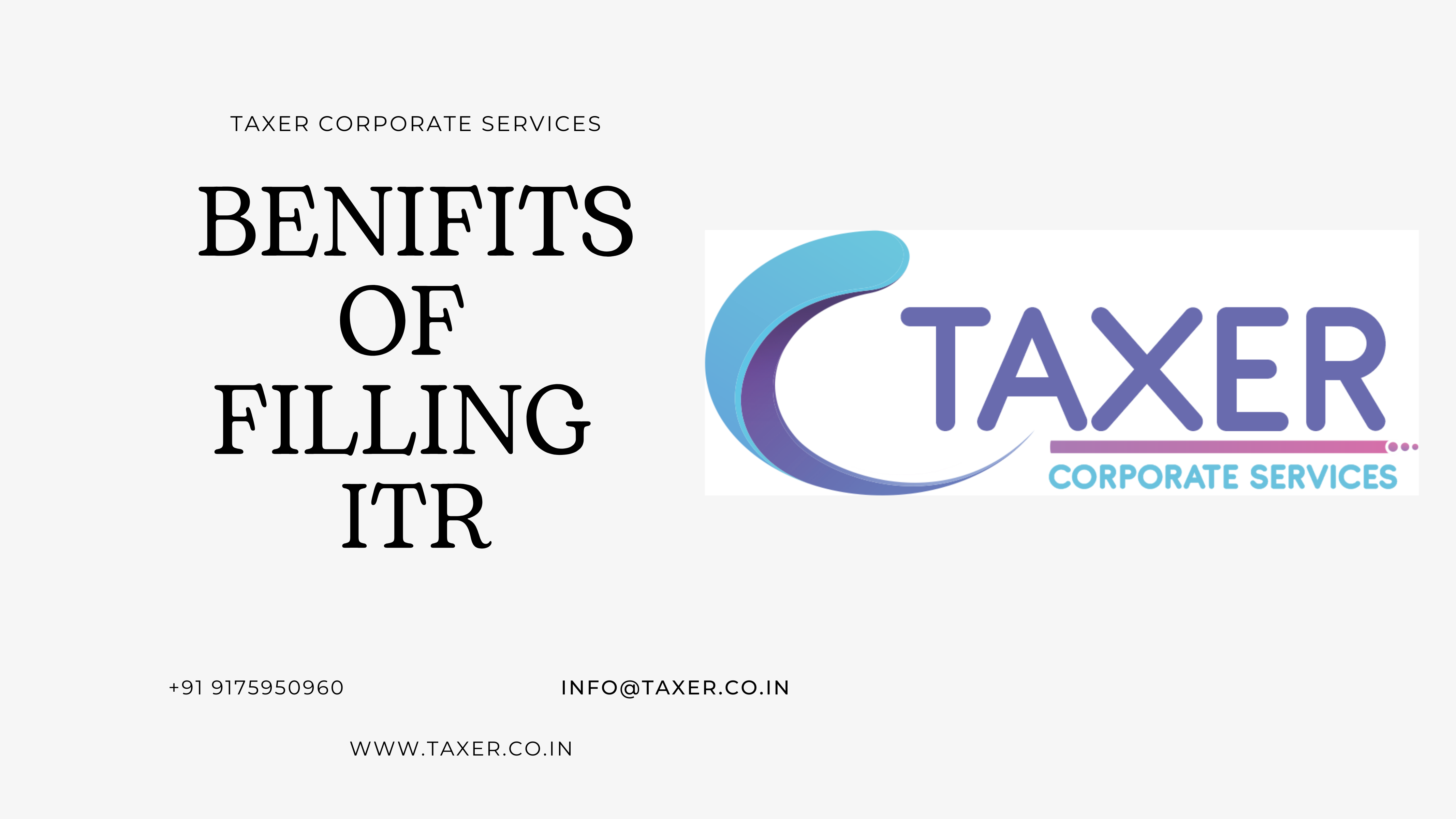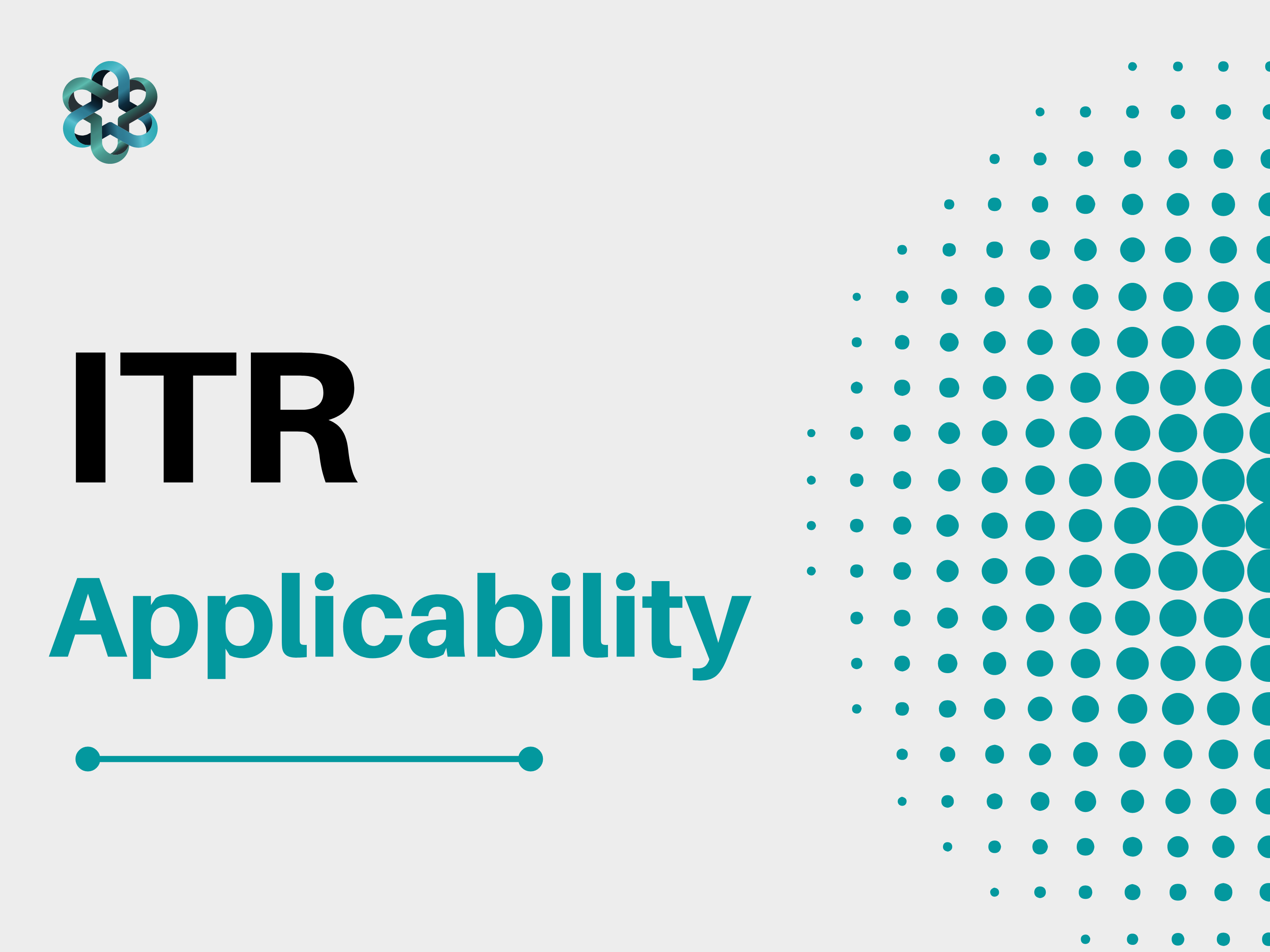
A Step-by-Step Guide to LLP Incorporation
A Step-by-Step Guide to LLP Incorporation:
Building Your Business with Limited Liability
Introduction: Limited Liability Partnership (LLP) has emerged as a popular choice for entrepreneurs seeking a flexible business structure that offers the benefits of limited liability and operational flexibility. In this blog, we will provide you with a step-by-step guide to LLP incorporation, covering the essentials you need to know to establish your business smoothly and efficiently.
Understanding LLP: A Limited Liability Partnership (LLP) is a distinct legal entity where the partners have limited liability for the debts and obligations of the business. LLPs combine the advantages of a partnership, such as flexibility in management and tax benefits, with the protection of limited liability for its partners.
Key Benefits of LLP: Incorporating an LLP offers several advantages, including:
- Limited liability protection: Personal assets of partners are protected from the liabilities of the business.
- Flexibility in management: Partners have the freedom to manage the business as per the LLP agreement.
- Tax benefits: LLPs enjoy tax advantages, including the ability to pass through profits directly to partners and avoid dividend distribution tax.
- Perpetual succession: LLPs continue to exist even if partners change, ensuring the continuity of the business.
- Credibility and transparency: Being a registered entity, LLPs gain credibility and trust among customers, suppliers, and investors.
- Steps to Incorporate an LLP: a. Name Reservation: Choose a unique name for your LLP and ensure it complies with naming guidelines. Submit an application to the Registrar of Companies (ROC) for name availability and reservation.
b. Obtain Digital Signature Certificates (DSCs): Obtain DSCs for all designated partners. DSCs are required for online filing of incorporation documents.
c. Obtain Designated Partner Identification Number (DPIN): Partners must obtain DPIN, which serves as a unique identification number for designated partners. This can be obtained by filing an online application with the MCA.
d. Prepare LLP Agreement: Draft the LLP Agreement, which governs the rights, responsibilities, and profit-sharing arrangements among partners. The agreement must be filed with the ROC within 30 days of incorporation.
e. File Incorporation Documents: Prepare the necessary incorporation documents, including Form-2 (Incorporation Document and Subscriber's Statement) and Form-3 (LLP Agreement). Submit these documents along with the required fees to the ROC.
f. Certificate of Incorporation: Once the ROC verifies the documents, they will issue a Certificate of Incorporation, confirming the LLP's formation. The LLP is then assigned a unique LLP Identification Number (LLPIN).
- Post-Incorporation Compliance: After incorporation, certain compliance requirements must be fulfilled, including:
- Obtaining a Permanent Account Number (PAN) and Tax Deduction and Collection Account Number (TAN).
- Opening a bank account in the LLP's name.
- Maintaining proper books of accounts and financial records.
- Filing annual returns and financial statements with the ROC.
- Complying with tax regulations, such as Goods and Services Tax (GST), as applicable.
- Conducting regular meetings of partners and maintaining minutes of meetings.
Conclusion: Incorporating an LLP provides entrepreneurs with a business structure that offers limited liability protection, operational flexibility, and tax benefits. By following the step-by-step process outlined in this guide, you can successfully incorporate an LLP and lay a solid foundation for your business. Remember to seek professional guidance from experts like Taxer Corporate Services Private Limited to ensure compliance with legal requirements and streamline the entire incorporation process. Embark on your entrepreneurial journey with confidence, knowing that your LLP offers the best of both worlds - limited liability and operational flexibility.









.jpeg)
